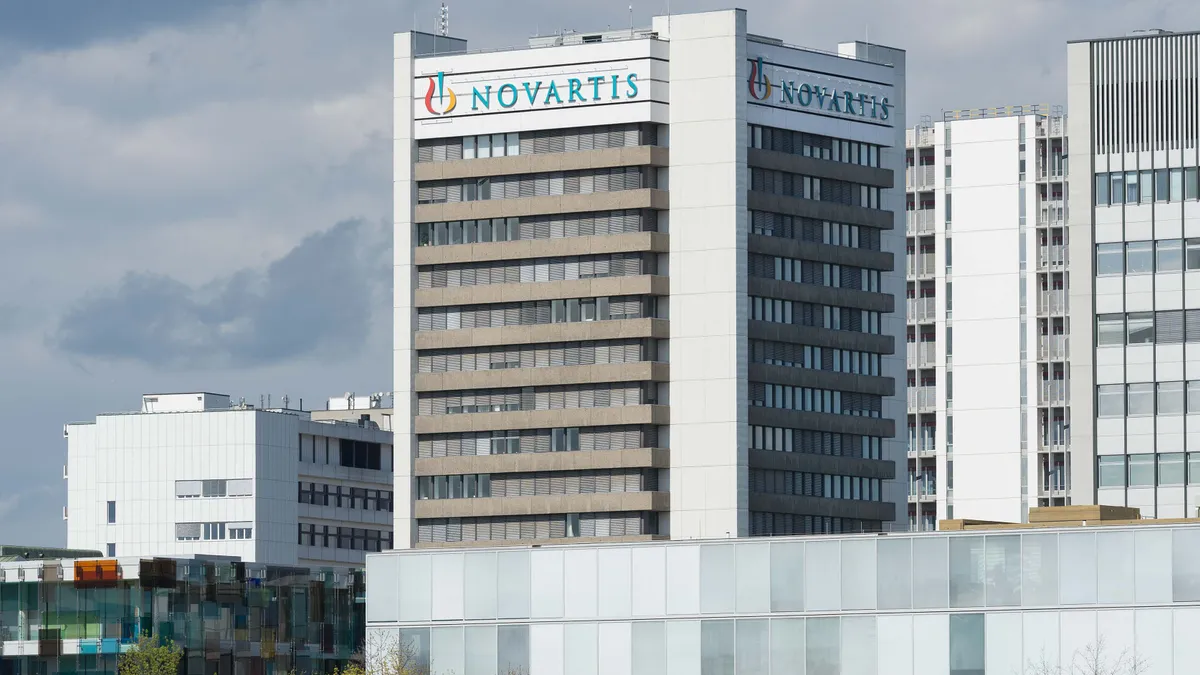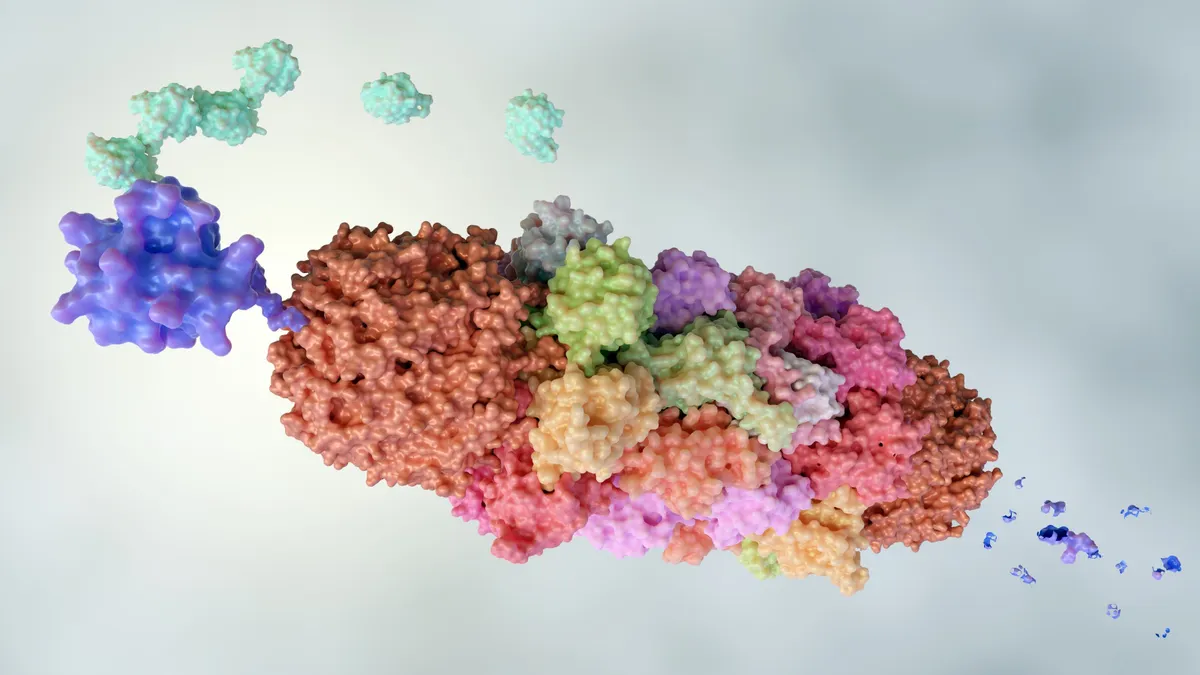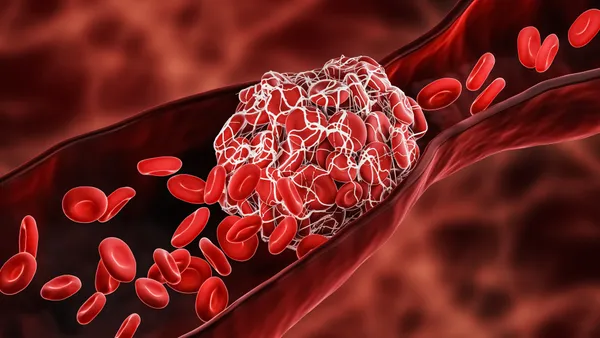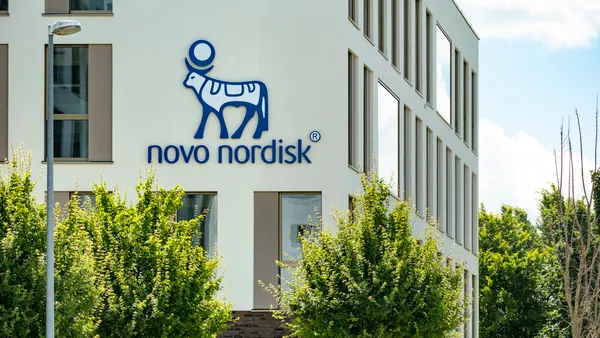Dive Brief:
- The Food and Drug Administration on Monday approved a new version of Novartis’ gene therapy for spinal muscular atrophy, aimed at children over the age of 2, teens and adults with less severe forms of the neurodegenerative disease.
- Called Itvisma, the therapy contains the same active ingredient as Novartis’ pioneering product Zolgensma for children under 2. But while Zolgensma is an intravenous product that must be adjusted for weight, Itvisma is a lower-volume, fixed-dose therapy that is infused into the spinal fluid through an “intrathecal” injection.
- The FDA based its approval on a Phase 3 study that showed the gene therapy improved patients’ scores on a motor function assessment scale significantly more than a sham control. Novartis said the gene therapy stabilized motor function in people who had discontinued treatment with two other SMA drugs.
Dive Insight:
SMA treatment has improved substantially in the past decade. In its most severe form, the disorder affects babies with muscle weakness and trouble breathing in the first six months of life. Many don’t live past 2 years.
In 2016, Biogen launched Spinraza, an RNA medicine that stimulates production of the SMN protein deficient in people with SMA. That was followed three years later by Zolgensma, which replaces the mutated gene that prevents production of the SMN protein, and another year later, Roche launched Evrysdi, which also stimulates production of SMN through RNA manipulation.
The drugs have different characteristics that influence who takes them. Until now, gene therapy — promising a one-and-done treatment — has been limited to babies younger than 2. Spinraza and Everysdi, meanwhile, can be taken by SMA patients of any age. Spinraza is also injected into the spinal fluid like Itvisma, and given once every four months when the maintenance regimen is established. Evrysdi is an oral drug taken daily.
Now, older children and adults can access a gene therapy option. In order to gain approval, Novartis tested Itvisma in a 127-person trial in which pediatric patients were given either the therapy or a sham treatment. Researchers then measured their changes at one year, using a 66-point scale called the Hammersmith Functional Motor Scale.
Those people who got Itvisma improved an average of 2.39 points on the scale, significantly more than the 0.51 point improvement for those in the control group.
The Swiss drugmaker also tested the therapy in people who’d stopped taking Sprinraza or Evrysdi. Their scores on the motor scale remained stable a year after receiving Itvisma.
“This new route of administration for a single dose of gene replacement therapy can mean so much more than what is measured by numbers on a functional motor scale — it could mean greater independence and freedom in activities of daily life,” said Kenneth Hobby, president of Cure SMA, in a Novartis statement. “This is another welcome advancement, and it represents real progress in expanding access for many older patients and addressing the unmet needs that remain in our community.”














